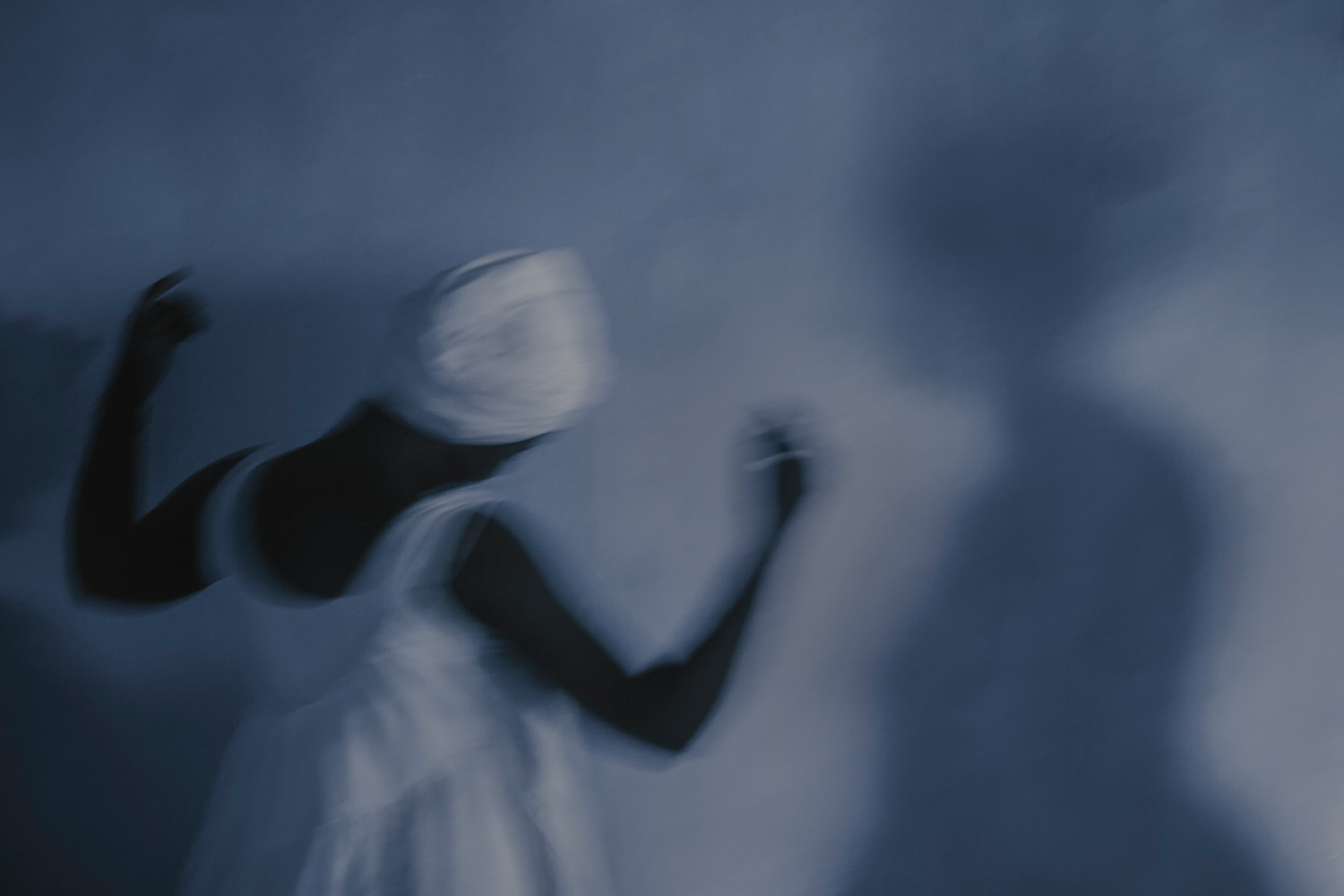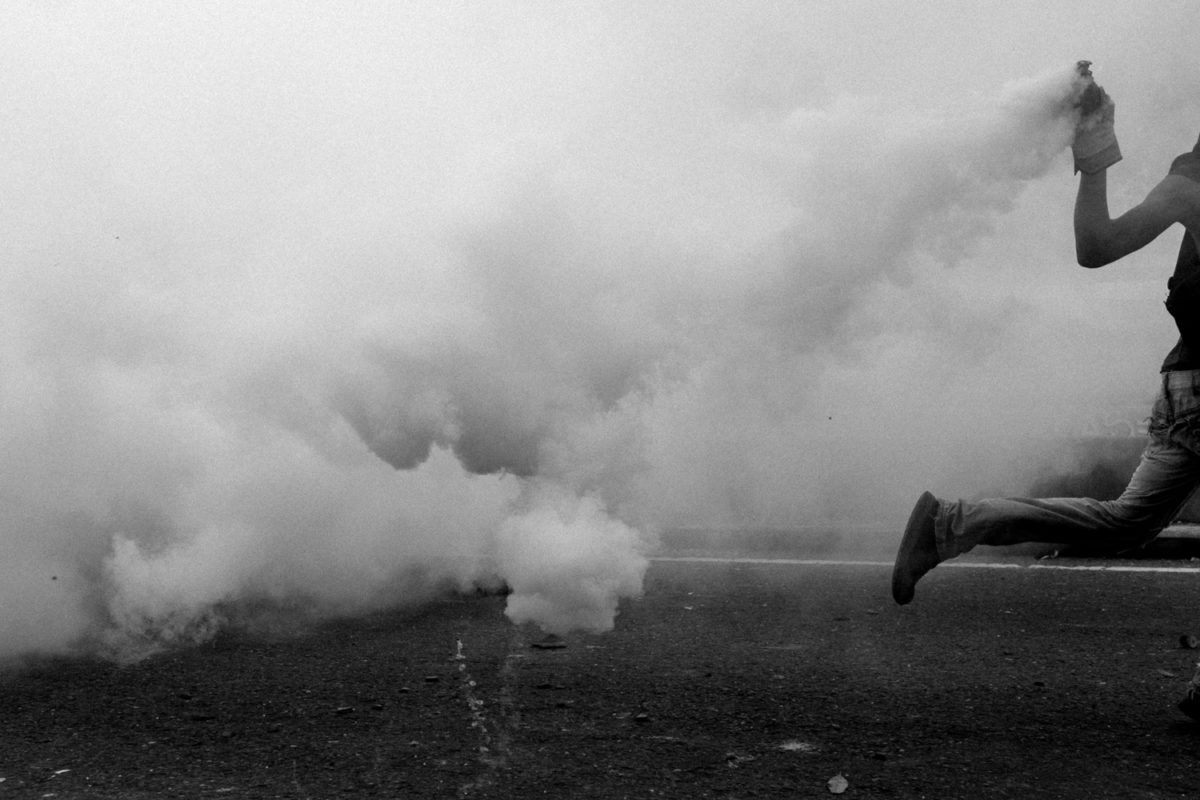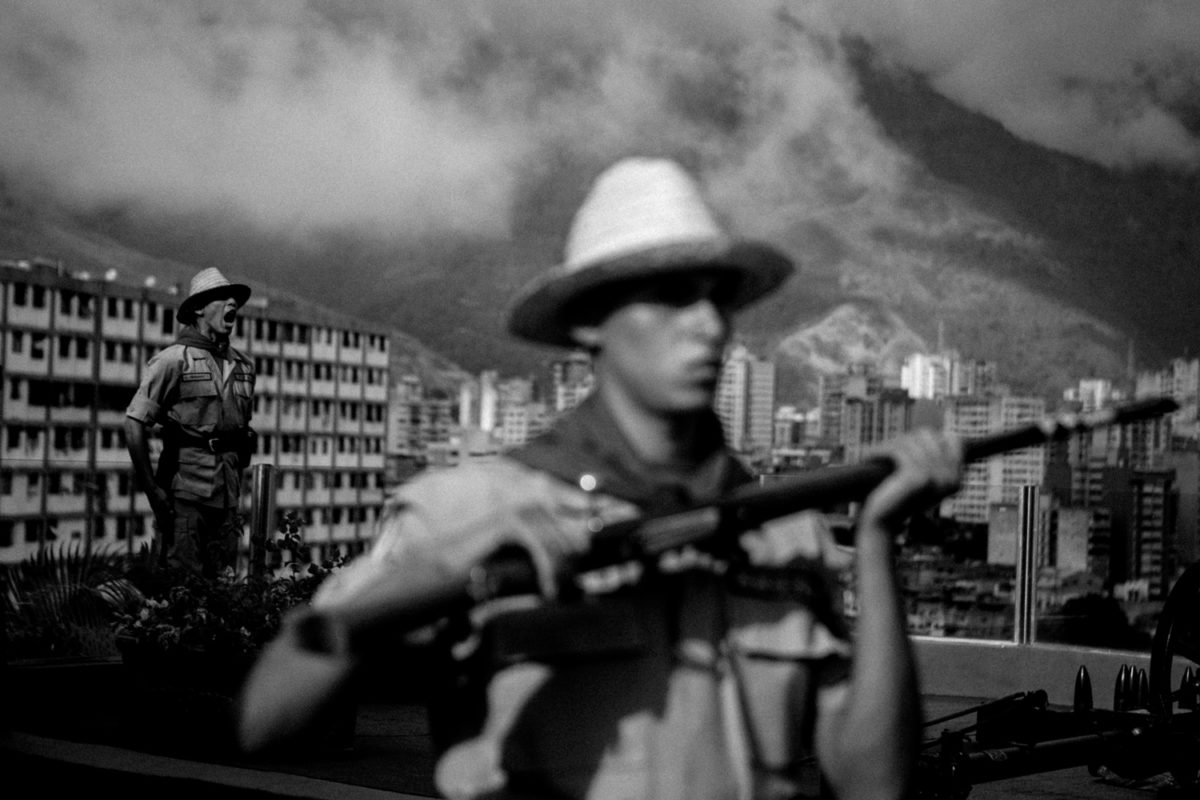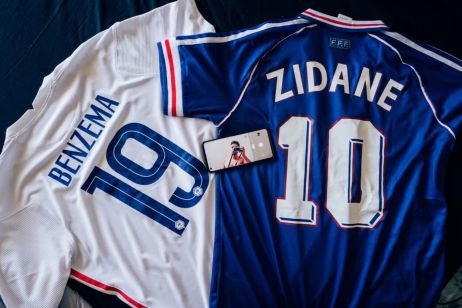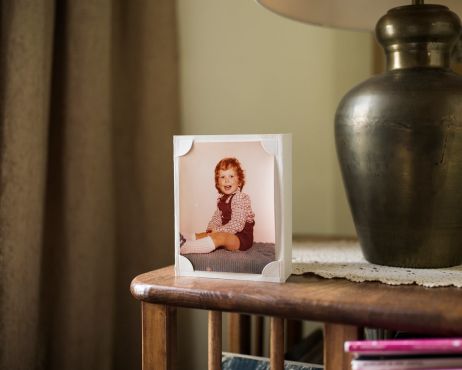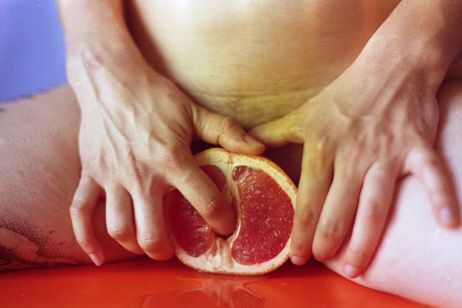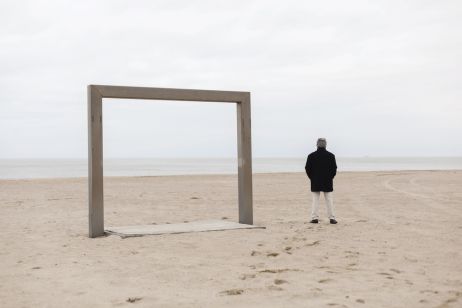The contemporary photographic creation of Latin America mainly contains a political and social dimension. The photographers witness a restlessness that can be found across the different countries. Without claiming to be exhaustive, the Fisheye team has mobilized to present to you a selection of eleven authors who seemed representative of this new generation of artists. Focus on three of them, to be found in our latest issue.
Alex Almeida, Brazil
Born in the port city of Santos, in the state of São Paulo in Brazil, Alex Almeida, 45, studied journalism before working in numerous newspapers and magazines in the country. His childhood, spent close to the tropical forest, typical of the Brazilian coast, has developed in him a “sensorial relation of empathy with nature”. Through his first steps as a journalist, his interest in conflicts and social tensions, originating from the Brazilian urban growth facing environmental conservation, developed. Notably during his short stay in a team of photojournalists of the newspaper Folha de S. Paulo. “I was able to roam through different panoramas of the Amazonian life during a few years after having developed close links with ethnic indigenous groups, the quilombolas [descendants of runaway slaves before the slavery abolition of Brazil in 1887, ed], the riverside inhabitants and other populations inside the country”, the photographer adds.
© Alex Almeida
Luján Agusti, Argentina
The eye of the young photographer Luján Agusti spans everywhere throughout Latin America. Born in Patagonia in 1986, at the Southern peak of the territory, she works between her native country, Argentina, and Mexico in the North. Her series are a paper chase where the artist, in a quest to find herself, shows the diversity of Latin American identities. “I became interested in pointing out the problematics of a region that would not have been addressed otherwise”, she says.
During her art history studies, Luján Agusti explored other medias, such as painting, before dedicating herself fully to photography. The practical and instantaneous side of the 8th art seduced her. She published her first book in 2016, Un montón de ropa (“A lot of clothes“), after the death of her mother; she also won, the same year, the first prize of the photo book at the Encontros da Imagem Festival, in Portugal. In 2017, she also received the Women Photograph grant and another one from the Lucie Foundation that rewards emerging artists. And, last year, she was chosen as one of the six young talents of South America for the 6×6 Global Talent Program 2018 of the World Press Photo. Not long after, she debuted her series Salva tu alma (“Save your soul“) on the religious syncretism in Mexico.
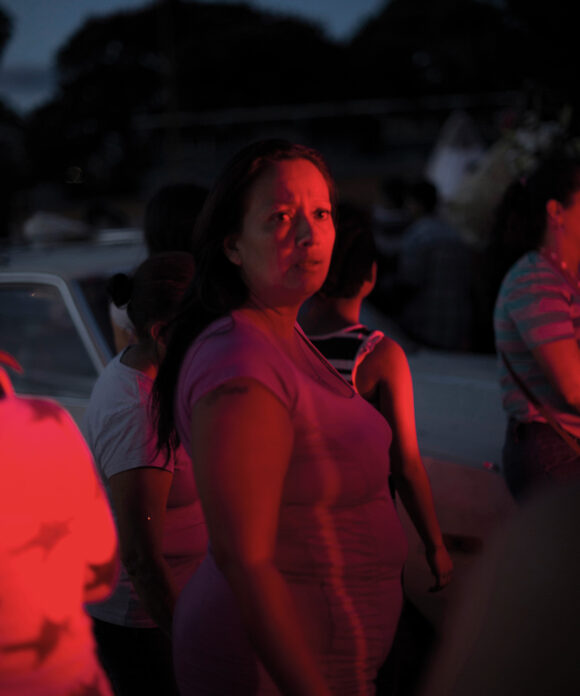
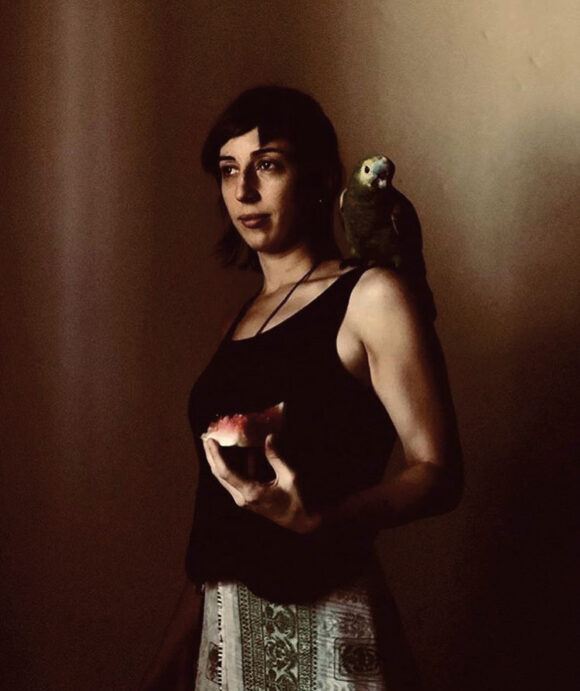
© Luján Agusti
Fabiola Ferrero, Venezuela
Born in 1991 in Venezuela, where she is located today, the photographer Fabiola Ferrero devotes her time to the analysis of the evolution of societies in the face of a hostile environment. After having tried journalism as a job, the artist chose to document conflicts through photography’s prism. “However, writing is still as important to me, she says. Many of my projects actually combine words and images.”
Her series Blurred in Despair depicts a somber portrait of Venezuela. “I study the psychological consequences of the current situation in my country, the photographer explains. According to a study done by the Venezuelan photograph Yorelis Acosta, the entire country has fallen into depression.” A collective sadness precipitated by the alarmingly increasing inflation, the lack of medicine, and around 20,000 murders per year that shame the nation. “The crescent hostility of daily life has caused a psychological trauma amongst the citizens. They have had to give up on their dreams in order to adapt to the new circumstances; survival has become the new priority, and happiness, only a concept”, Fabiola Ferrero adds. “As a Venezuelan, watching my family be torn apart has left me distressed. Not having any more friends here since they all left… Walking through streets that seem unknown to me…” the photographer tells us.
© Fabiola Ferrero
Those articles, written by Éric Karsenty, Ioana Mello and Lou Tsatsas, can be found in their integrity in Fisheye #35, in newsstands and available here.
